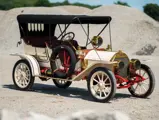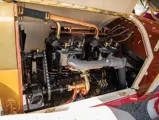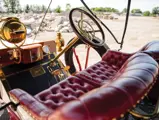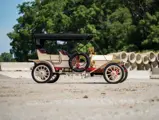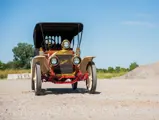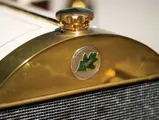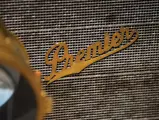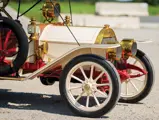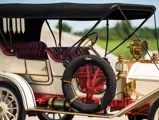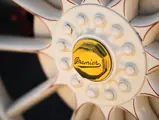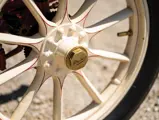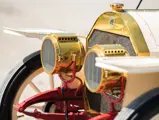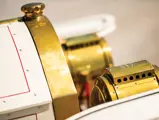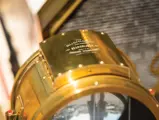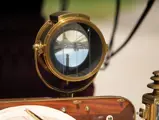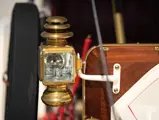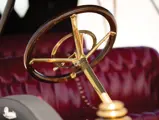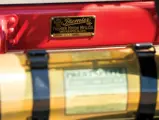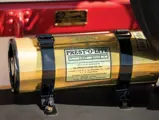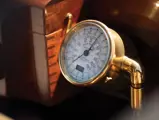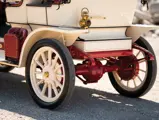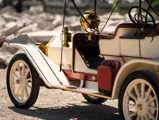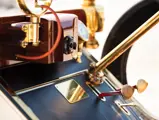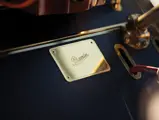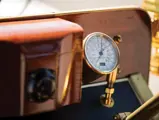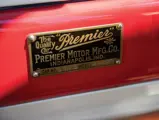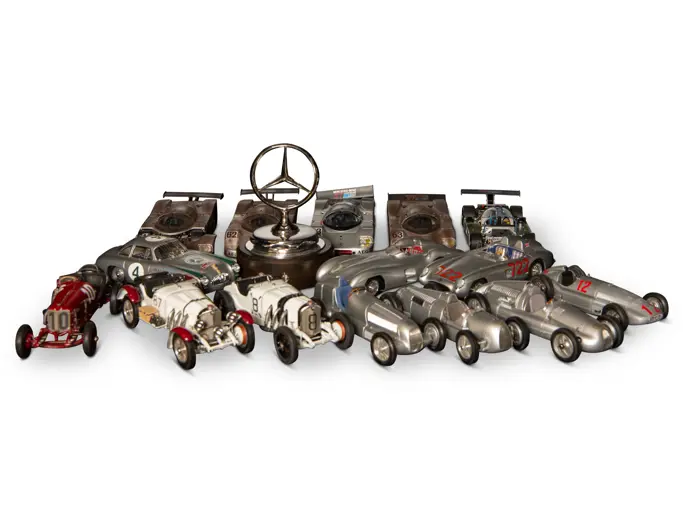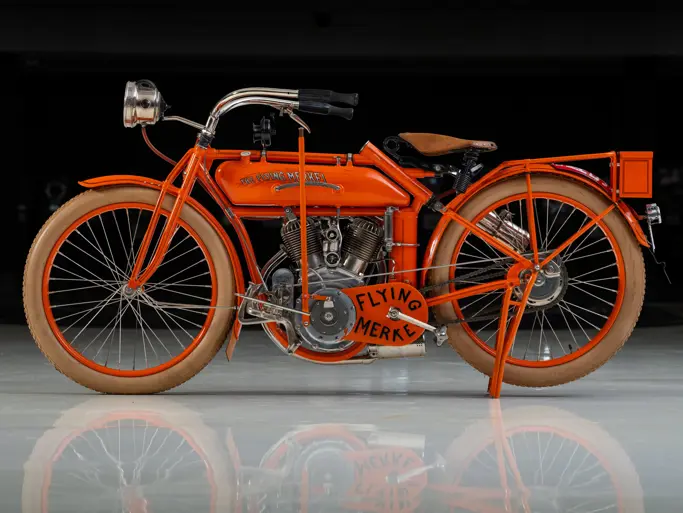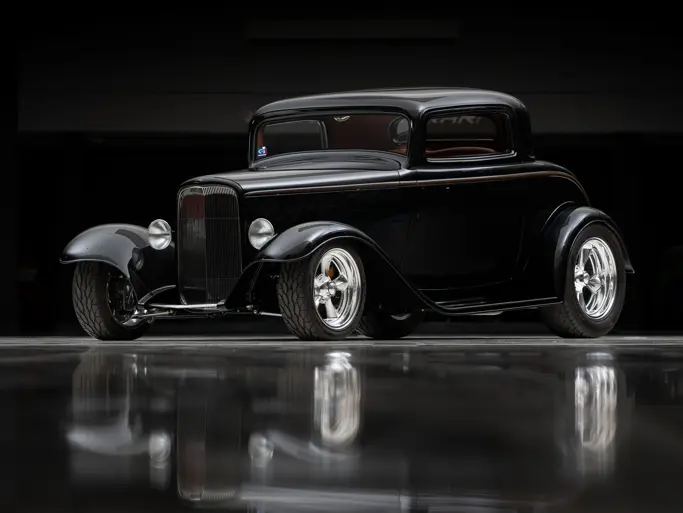Hershey 2019
1910 Premier Model 4-40 Clubman
The Complete Collection of Jack Dunning
{{lr.item.text}}
$101,750 USD | Sold
 | Hershey, Pennsylvania
| Hershey, Pennsylvania
{{internetCurrentBid}}
{{internetTimeLeft}}

- Offered from the collection of Jack Dunning
- A handsome and well-engineered Brass car from Indiana
- Original Clubman “close-coupled” bodywork with detachable tonneau
- Well-maintained concours restoration by Ed Cobb
- Shown at Meadowbrook and Pebble Beach by Mr. Dunning
Built in Indianapolis from 1903 until 1926, the Premier was among the finest early automobiles produced in the Hoosier State. The company is best-remembered today for introducing a number of technical advancements on its large upper-priced cars, which achieved perfect scores in three of the rigorous Glidden Tours. They even attempted to enter the 1905 Vanderbilt Cup, running an air-cooled prototype, though it was disqualified for being overweight.
The Dunning Collection’s 1910 Premier is the Model 4-40 Clubman, a close-coupled “sport touring” of sorts, with a detachable rear tonneau. When Mr. Dunning acquired the car at Hershey many years ago, it had been modified with a “mother-in-law” seat and gas tank in lieu of the tonneau—however, the original tonneau did survive with the car and was reinstalled by Eddie Cobb in the course of a painstaking restoration. The color scheme was based upon period photos acquired by Mr. Dunning, down to the accurate pinstriping and deep diamond-tufted leather upholstery.
Always fascinated by the technical details of his cars, Mr. Dunning is particularly fond of the Premier. The 40 hp, 334 cu.in. engine features dual camshafts, one of which has the gears cut in such a way that when the driver moves the spark lever, the cam slides about two inches to adjust the timing. It also features two separate ignition systems, a make-or-break system with a low-tension magneto, and a Model T–style coil box and spark plugs—an advanced idea well ahead of the “dual ignition” bragged about by other manufacturers of the period, and which ensures the car starts readily in all weather. Mr. Dunning notes that when he acquired the car, it had a later, incorrect ignition system fitted, but he borrowed correct components from a friend’s 1910 Premier and painstakingly reproduced them for this car. Indeed, the only modification from “stock” found on the car is a very carefully installed modern starter, invisible aside from the serpentine belt round the flywheel.
The restoration was awarded an AACA Grand National First Prize in 1987 and also appeared at the concours d’elegance at Meadowbrook and Pebble Beach in 1988. Typical of the Dunning automobiles, the work has been very carefully maintained and preserved, and the car is still in beautiful overall condition, something in which its owner takes considerable pride.

